Buy Weilii Mushroom
Weilii Mushroom (Psilocybe weilii) is a fascinating species of fungi that has attracted the attention of mycologists and nature enthusiasts alike. Discovered in the late 20th century, this rare mushroom is native to specific regions and is known for its unique characteristics.
This educational overview explores the history, scientific significance, frequently asked questions, and other important details about Weilii Mushroom to provide a deeper understanding of its mycological importance.
What is Weilii Mushroom?
The Weili Mushroom (Psilocybe weilii) is a species of fungus in the Psilocybe genus. It was first discovered and classified in 1995 by mycologist Andrew Weil, after whom the species is named.
It belongs to the Hymenogastraceae family and is closely related to Psilocybe caerulescens. Due to its specific environmental requirements, it is found only in certain regions and during particular seasons.
Characteristics of Weilii Mushroom
1. Appearance
-
Cap: Convex to bell-shaped, often caramel-brown when moist and turning light tan as it dries.
-
Stem: Slender, yellowish to brown, sometimes with a bluish tint.
-
Gills: Dark brown, closely spaced, and attached to the stem.
-
Spores: Purple-brown in color.
2. Habitat and Growth Conditions
-
Native to southeastern United States, particularly Georgia.
-
Grows in grassy areas, forest edges, and near pine trees.
-
Prefers warm and humid conditions, usually appearing in late summer and fall after rainfall.
3. Scientific Significance
-
Weili Mushroom is studied for its ecological role in breaking down organic matter.
-
Mycologists examine its genetic structure to understand its relationship with other Psilocybe species.
-
Its seasonal growth patterns provide insights into fungal adaptation to climate conditions.
Frequently Asked Questions About Weilii Mushroom
1. Why is it called Weilii Mushroom?
The mushroom is named after Dr. Andrew Weil, a well-known integrative medicine doctor and mycologist, who helped classify and describe the species.
2. Where can Weilii Mushroom be found?
Weili Mushrooms are primarily found in the southeastern United States, especially in Georgia. They tend to grow in grassy fields, near pine trees, and in disturbed soil after heavy rains.
3. How does Weilii Mushroom compare to other Psilocybe species?
Weili Mushroom is closely related to Psilocybe caerulescens, but it has unique differences:
-
Smaller cap and thinner stem
-
Distinct color changes when exposed to air
-
Limited geographic distribution
4. When do Weili Mushrooms typically grow?
They typically appear after heavy rains in late summer and fall, particularly in warm, humid environments.
5. How do Weili Mushrooms reproduce?
Like other fungi, Weili Mushrooms reproduce through spores, which are released from the gills and spread by wind and water.
6. Are Weili Mushrooms found outside of Georgia?
Although Weili Mushrooms are most common in Georgia, similar species have been reported in neighboring southeastern states under similar climate conditions.
7. What makes Weili Mushrooms unique in mycology?
Weili Mushrooms are notable for:
-
Their specific habitat requirements.
-
Their unique appearance and coloration changes.
-
Their limited distribution, making them a rare species for scientific study.
8. How do mycologists study Weili Mushrooms?
Scientists study Weili Mushrooms by examining their:
-
Spore structure
-
Growth patterns
-
Environmental impact
-
Genetic relationships with other fungi
This research helps improve our understanding of fungal biodiversity and evolution.
Scientific Research and Importance
Weili Mushrooms are important in ecology and mycology for several reasons:
-
They help break down organic material, enriching the soil.
-
Their restricted geographic range makes them a subject of conservation interest.
-
Their genetic makeup provides insights into the evolution of the Psilocybe genus.
Mycologists continue to study Weili Mushrooms to better understand their environmental role and classification within the fungal kingdom.
Conclusion
Weili Mushroom (Psilocybe weili) is a unique and rare species with a fascinating history and scientific significance. Found primarily in Georgia, it thrives in warm, humid climates and plays an important role in ecosystem dynamics.

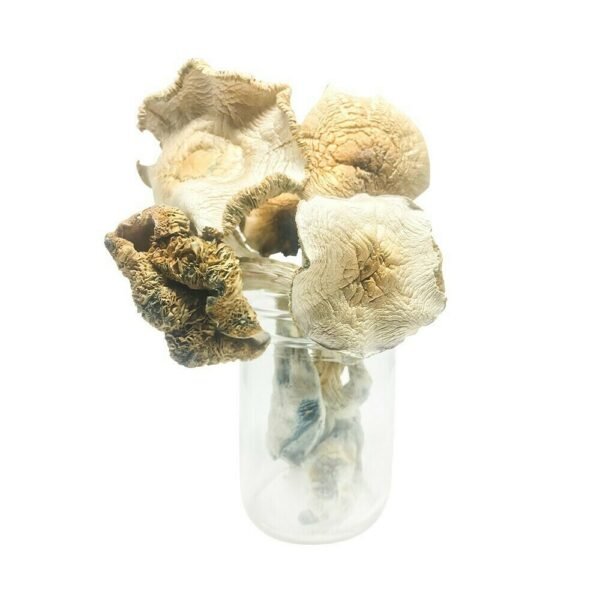
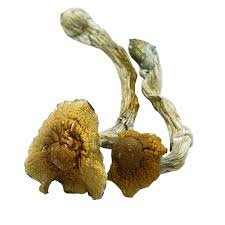
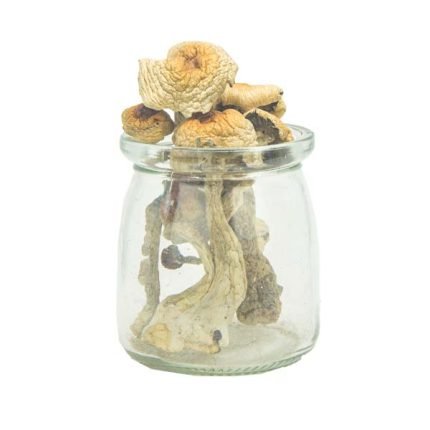
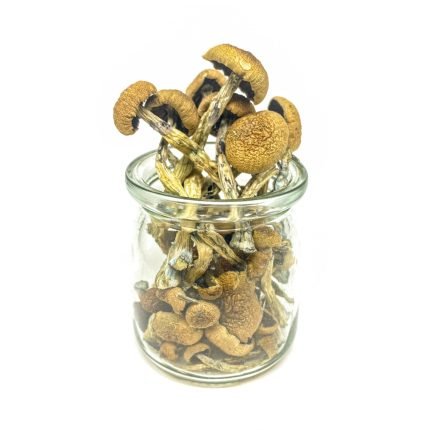


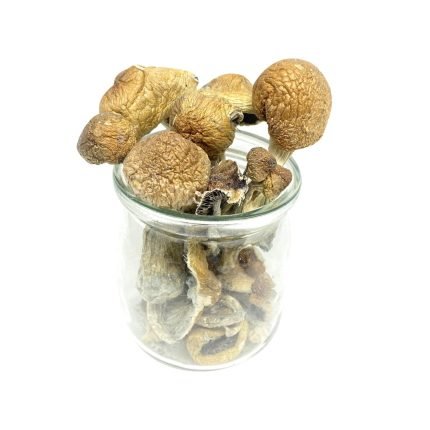



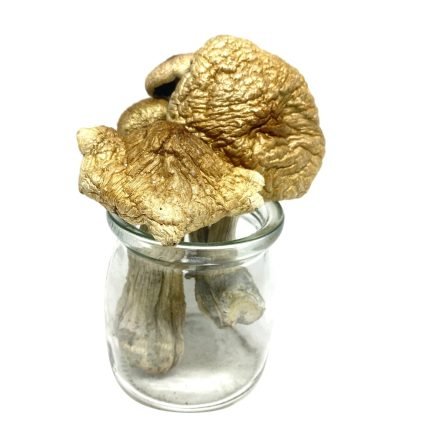
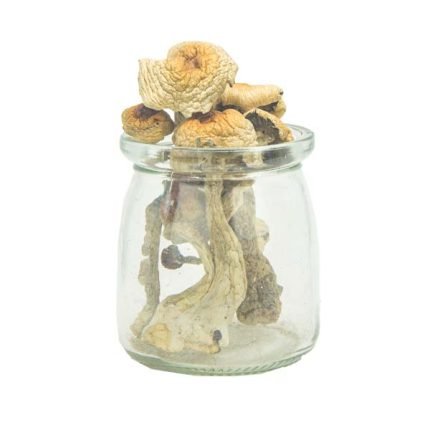

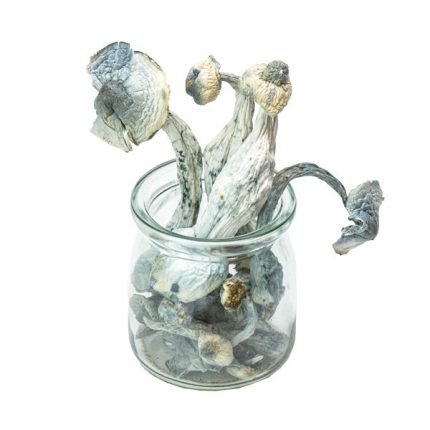

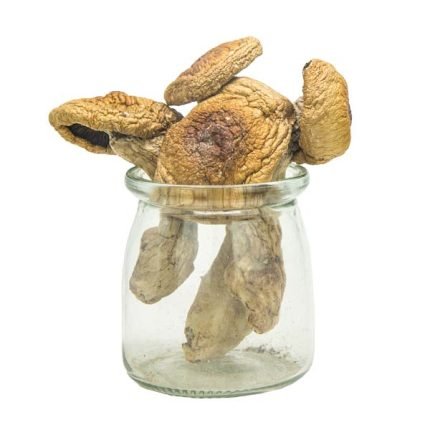
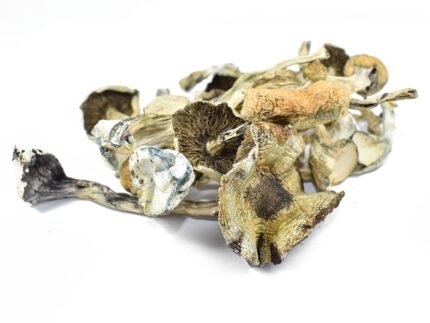
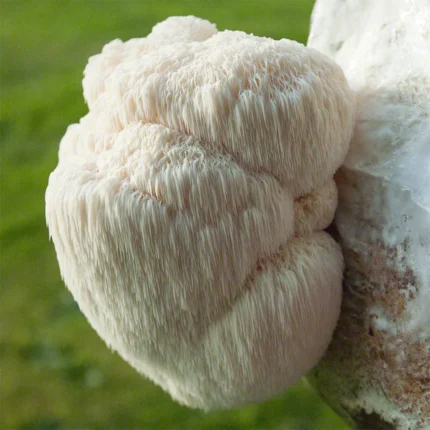
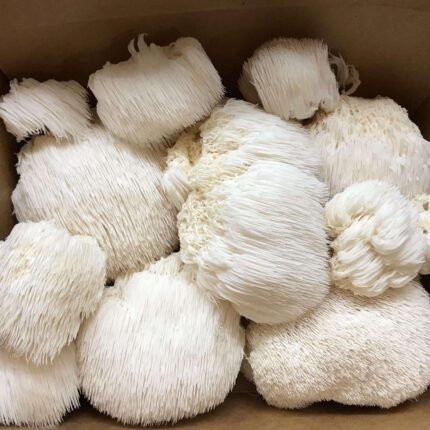


Reviews
There are no reviews yet.